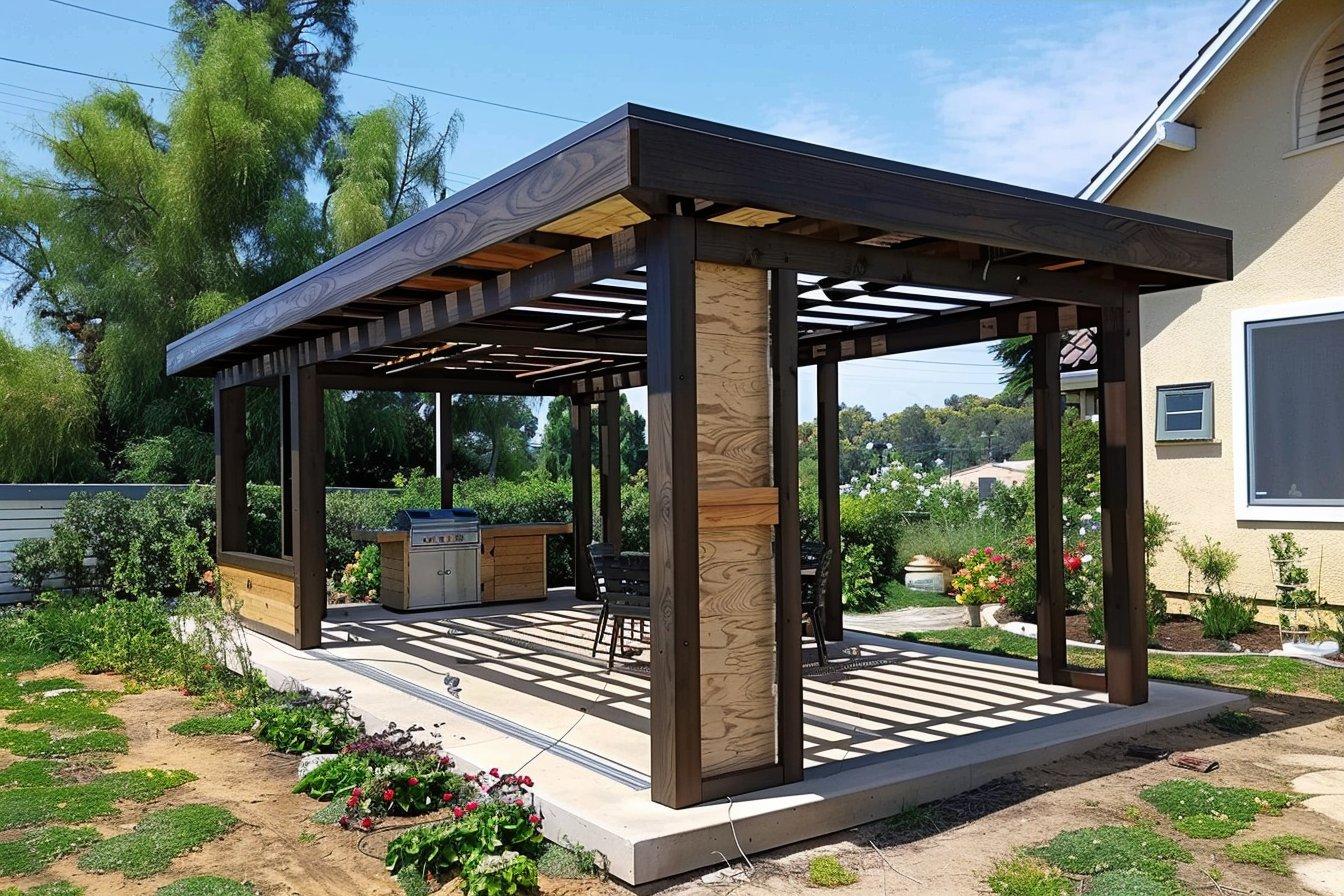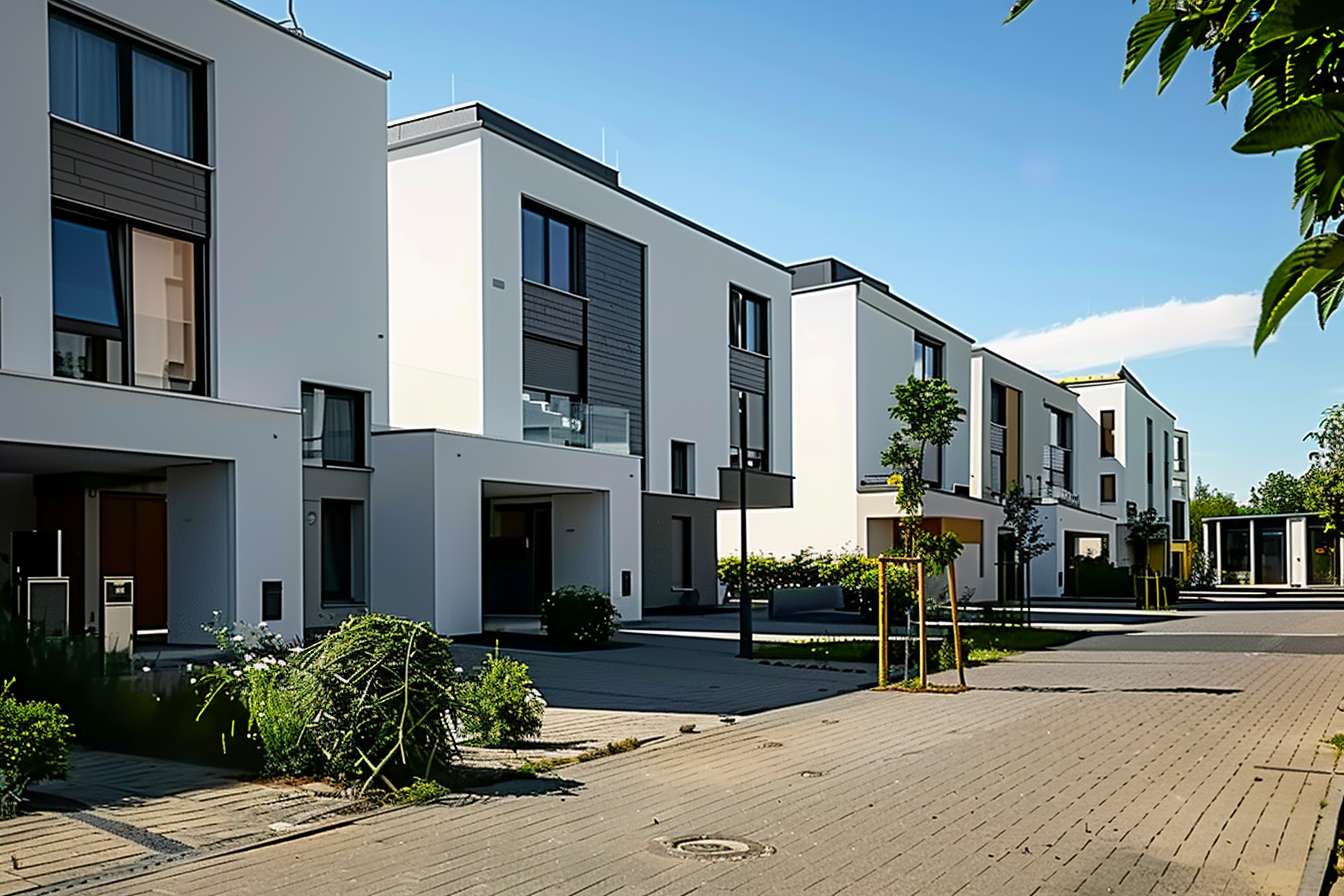Transform Your Backyard with a Prefab Outdoor Kitchen: The Ultimate Guide
A prefab outdoor kitchen brings convenience and elegance to backyard cooking. These modular setups often include grills, countertops, and storage, allowing for easy installation and year-round entertaining with minimal construction hassle. See the type of outdoor kitchen that best suits your needs.

What Is a Prefab Outdoor Kitchen?
A prefabricated outdoor kitchen is a pre-designed, ready-to-install cooking space manufactured off-site and delivered to your home as a complete unit or in modular sections. Unlike traditional custom-built outdoor kitchens that require extensive on-site construction, prefab options arrive largely assembled, significantly reducing installation time and complexity. These kitchens typically include essential components like grills, countertops, storage cabinets, and sometimes refrigerators, sinks, or pizza ovens—all designed specifically to withstand outdoor conditions.
The popularity of prefab outdoor kitchens has grown substantially as homeowners seek to create functional outdoor living spaces without undertaking major construction projects. Most models are designed with weather-resistant materials like stainless steel, marine-grade polymer, or concrete composites that can withstand various climate conditions while maintaining their appearance and functionality for years.
Benefits of Choosing a Prefabricated Outdoor Kitchen
Prefabricated outdoor kitchens offer numerous advantages over their custom-built counterparts. First, the installation process is remarkably straightforward—many prefab kitchens can be set up in a single day, compared to the weeks or even months required for custom constructions. This time efficiency translates directly to cost savings on labor and minimizes the disruption to your outdoor space.
Quality control represents another significant benefit. Since prefab outdoor kitchens are manufactured in controlled environments, they typically offer consistent quality and precise engineering. Materials are chosen specifically for outdoor durability, with sealed seams and weather-resistant finishes that help extend the kitchen’s lifespan.
Flexibility is yet another advantage—many prefab outdoor kitchen systems are modular, allowing you to start with basic components and expand over time as your needs or budget evolve. Some manufacturers even offer customization options for countertop materials, cabinet finishes, and appliance configurations, providing a semi-custom feel without custom prices.
Popular Styles and Configurations for Outdoor Kitchens
Prefabricated outdoor kitchens come in various styles to complement different home architectures and personal preferences. Contemporary designs featuring clean lines, stainless steel components, and minimalist aesthetics work well with modern homes. For more traditional settings, manufacturers offer rustic options with stone veneers, warmer tones, and textured finishes that blend with natural landscapes.
Configuration options typically include:
-
Island kitchens: Free-standing units that can be placed anywhere in your yard or patio
-
L-shaped designs: Perfect for corner installations that maximize cooking and counter space
-
Straight-line layouts: Ideal for placement against walls or fences to save space
-
U-shaped configurations: Comprehensive cooking areas with ample counter space for larger gatherings
The size range is equally diverse—from compact cooking stations with just a grill and minimal counter space (perfect for smaller patios) to extensive outdoor culinary centers featuring multiple cooking appliances, refrigeration, and entertainment areas capable of serving dozens of guests.
Essential Components for Your Prefab Outdoor Kitchen
When selecting a prefabricated outdoor kitchen, several key components deserve careful consideration. At the heart of most outdoor kitchens is the grill—options range from basic gas grills to sophisticated multi-fuel systems capable of smoking, searing, and rotisserie cooking. Many prefab kitchen manufacturers allow you to choose your preferred grill brand and size to integrate into their cabinet systems.
Storage solutions are equally important—weather-resistant cabinets keep utensils, tools, and supplies protected from the elements. Look for marine-grade polymer or stainless steel options with quality drainage and ventilation systems to prevent moisture damage.
Countertop materials should balance aesthetics with practicality. Popular choices include:
-
Granite: Durable and heat-resistant but requires periodic sealing
-
Concrete: Customizable and sturdy but may develop slight cracking over time
-
Quartz composites: Low maintenance and non-porous but can fade in direct sunlight
-
Tile: Affordable and customizable but with grout lines that require maintenance
Additional features worth considering include refrigeration units, ice makers, sinks with plumbing connections, warming drawers, and specialty cooking components like pizza ovens or smokers.
Pricing Guide for Prefabricated Outdoor Kitchens
The cost of a prefabricated outdoor kitchen varies widely based on size, materials, features, and brand. Understanding these price ranges can help you budget effectively for your project.
| Kitchen Type | Typical Features | Average Price Range |
|---|---|---|
| Entry-Level | Basic grill, limited counter space, minimal storage | $3,000 - $7,000 |
| Mid-Range | Quality grill, ample storage, durable countertops | $7,000 - $15,000 |
| Premium | Multiple cooking zones, refrigeration, high-end materials | $15,000 - $30,000 |
| Luxury | Custom features, specialty appliances, extensive layout | $30,000+ |
Prices, rates, or cost estimates mentioned in this article are based on the latest available information but may change over time. Independent research is advised before making financial decisions.
Beyond the kitchen itself, budget for site preparation (around $500-$2,000), utility connections if needed ($500-$5,000 for gas, water, and electrical), and potential permit costs in some municipalities. Many manufacturers offer financing options, making higher-end models more accessible through monthly payment plans.
Installation and Maintenance Considerations
One of the greatest advantages of prefabricated outdoor kitchens is their relatively simple installation process. Many homeowners with basic DIY skills can handle the setup of simpler models, though more complex units with utility connections typically require professional installation. Before delivery, ensure your chosen location has a level, stable foundation—concrete pads, pavers, or reinforced decking provide ideal support.
Maintenance requirements vary by material and climate, but generally include:
-
Covering components during extreme weather
-
Regular cleaning of surfaces with appropriate cleaners
-
Seasonal deep cleaning and inspection of connections
-
Winterizing water lines in colder regions
-
Checking and maintaining grill components
-
Applying protective sealants to natural stone surfaces annually
With proper care, a quality prefabricated outdoor kitchen can last 10-20 years, making it a worthwhile investment for homeowners who enjoy outdoor entertaining and cooking. Many manufacturers offer warranties ranging from 5-10 years on structural components, with separate coverage for appliances through their respective manufacturers.
Conclusion
A prefabricated outdoor kitchen offers the perfect balance of convenience, quality, and customization for homeowners looking to enhance their outdoor living experience. Whether you’re hosting summer barbecues, family gatherings, or intimate evening meals under the stars, these ready-to-install cooking spaces transform ordinary backyards into extraordinary entertainment destinations without the headaches of traditional construction. By considering your space requirements, cooking preferences, and budget constraints, you can select a prefab outdoor kitchen that will provide years of enjoyment and potentially increase your home’s value.




